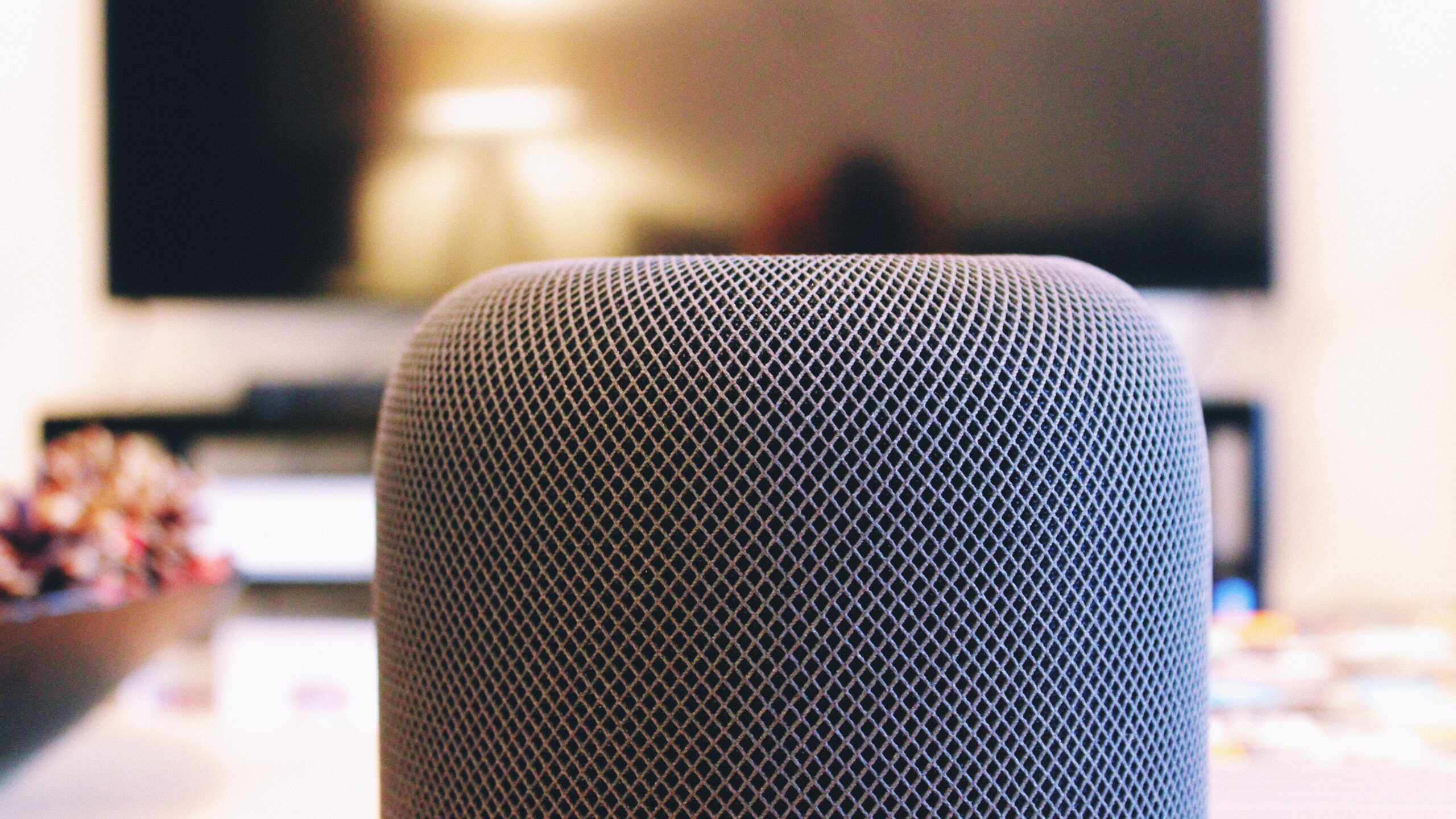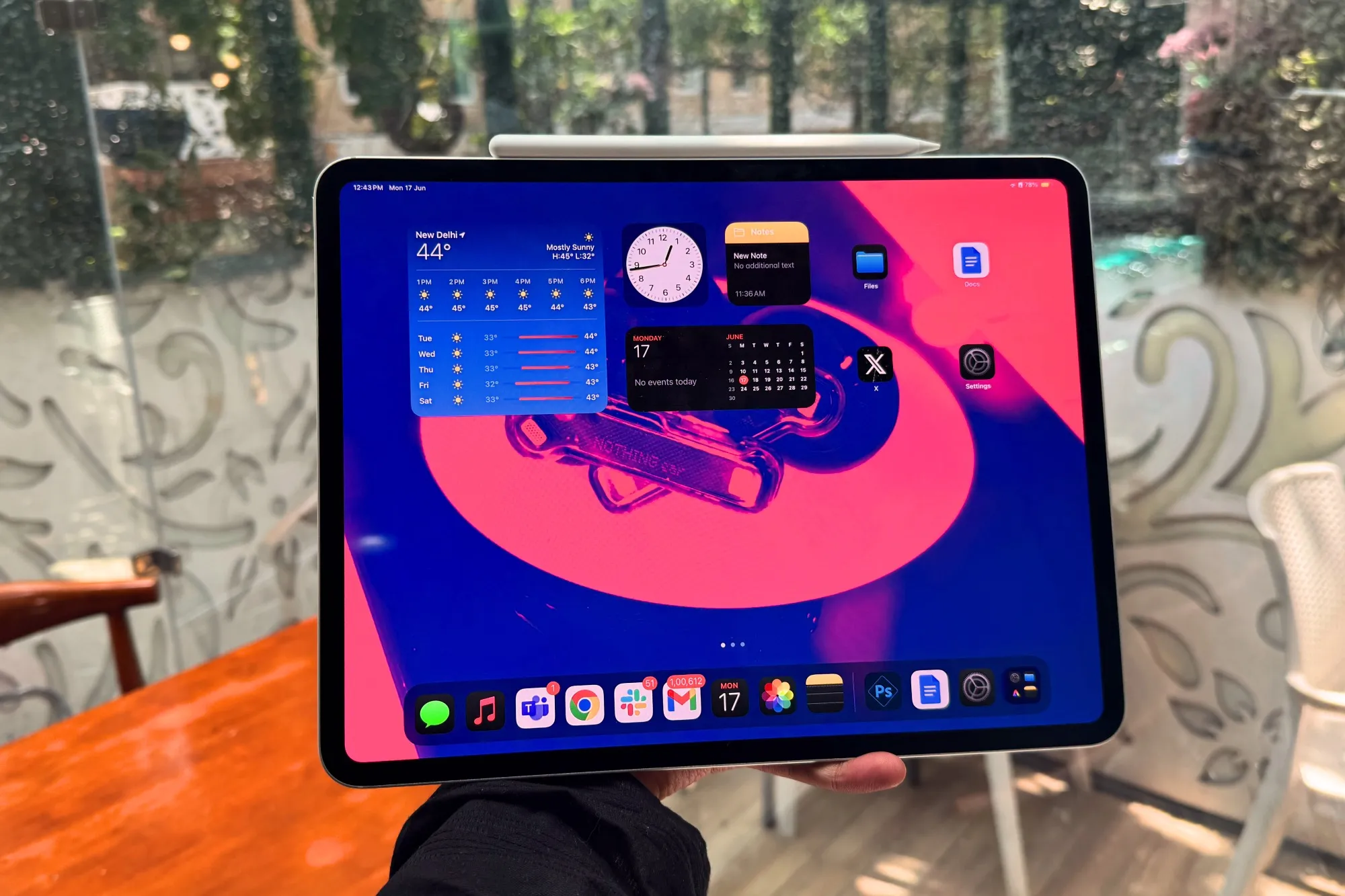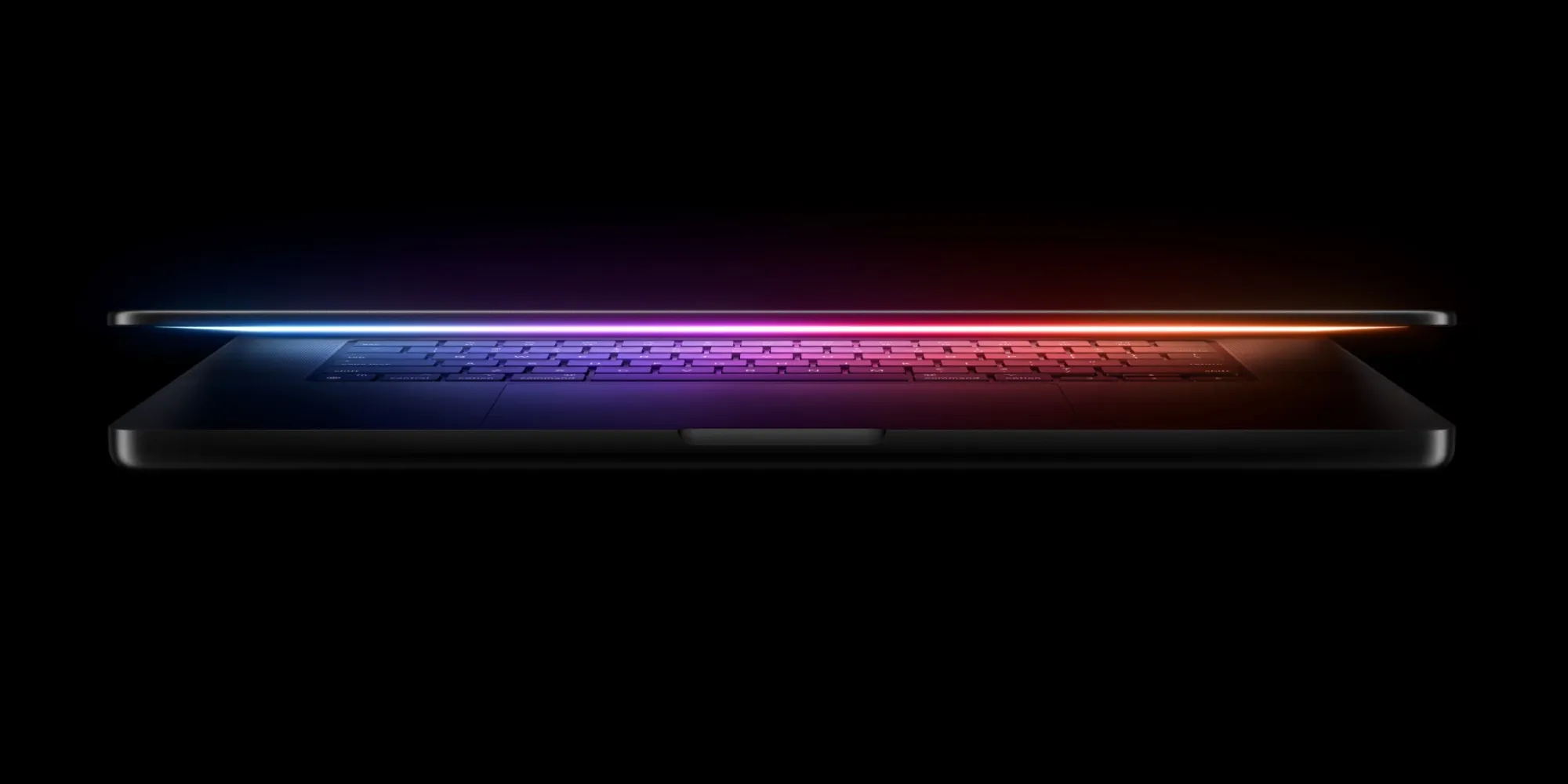For years, the quality of iPhone cameras and microphones has been a point of pride for Apple. But what goes on behind the scenes to ensure that every captured moment, every recorded sound, is as true to life as possible? Recently, a rare glimpse inside Apple’s top-secret testing facilities in Cupertino offered some fascinating insights into the rigorous processes that shape the audio and video experience on the iPhone 16.
My visit to these specialized labs was a deep dive into the world of acoustics and visual engineering, a world where precision and innovation reign supreme. It’s a world most consumers never see, yet it directly impacts the quality of every photo, video, and voice note taken on their iPhones.
One of the most striking locations was the anechoic chamber, a room designed to absorb all sound reflections. Stepping inside felt like entering a void; the walls, ceiling, and floor were completely covered in foam wedges, creating an eerie silence. This unique environment is crucial for testing the iPhone 16’s four microphones. Despite their incredibly small size, these microphones are engineered to capture sound with remarkable clarity and accuracy.
Ruchir Dave, Apple’s senior director of acoustics engineering, explained the company’s philosophy: “The iPhone is used in so many diverse environments, for everything from casual recordings to professional-grade audio work. Our goal is to ensure that the memories our users capture are preserved in their truest form.”
This commitment to authenticity has driven Apple to develop a new microphone component that delivers exceptional acoustic performance. But the focus isn’t just on raw quality; it’s also about providing users with the tools to shape their audio. Features like Audio Mix empower users to tailor their recordings, simulating different microphone types and adjusting the balance of various sound elements. This gives users unprecedented creative control over their audio recordings.
The testing process within the anechoic chamber is a marvel of engineering. A complex array of speakers emits precisely calibrated chimes while the iPhone rotates on a platform. This process generates a 360-degree sound profile, providing invaluable data that informs features like spatial audio. This data is then used to fine-tune the algorithms that create immersive and realistic soundscapes.
Beyond the anechoic chamber, I also explored soundproof studios where Apple conducts extensive comparative listening tests. Here, teams of trained listeners evaluate audio samples, ensuring consistent quality and identifying any potential imperfections. This meticulous approach underscores Apple’s dedication to delivering a consistent and high-quality audio experience across all iPhone devices.
The tour culminated in a visit to a massive video verification lab. This impressive space is essentially a theater dedicated to display calibration. A gigantic screen simulates how videos appear on iPhone displays under a wide range of lighting conditions, from complete darkness to bright sunlight. This allows engineers to fine-tune the display’s color accuracy, brightness, and contrast, ensuring that videos look vibrant and true to life regardless of the viewing environment.
This focus on real-world conditions is paramount. Whether you’re watching a movie in a dimly lit room or capturing a sunset on a sunny beach, Apple wants to guarantee that the visual experience on your iPhone is always optimal. This lab is a testament to that commitment, a place where science and art converge to create stunning visuals.
My time inside Apple’s secret labs provided a fascinating glimpse into the meticulous work that goes into crafting the iPhone’s audio and video capabilities. It’s a world of intricate testing procedures, cutting-edge technology, and a relentless pursuit of perfection. This dedication to quality is what sets Apple apart and ensures that every iPhone delivers a truly exceptional user experience.
It’s not just about building a phone; it’s about crafting a tool that empowers people to capture and share their world in the most authentic and compelling way possible. The iPhone 16’s audio and video prowess isn’t accidental; it’s the result of countless hours of research, development, and rigorous testing within these remarkable facilities.



